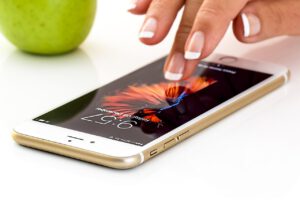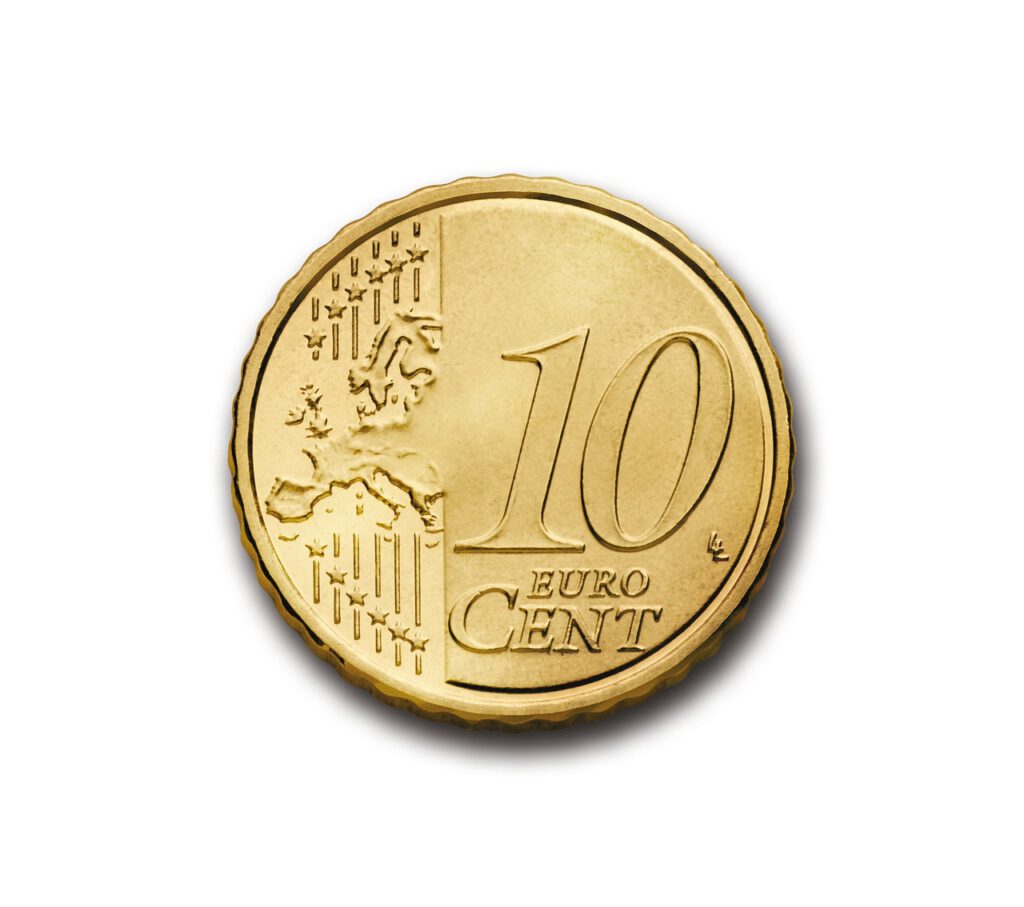1. Mint

Mint is a household name when it comes to budgeting apps, and for good reason. It offers users the ability to track their expenses, create budgets, and keep an eye on their financial health. By linking to various bank accounts and credit cards, Mint gives users a holistic view of their financial situation. A survey by the National Endowment for Financial Education reveals that 60% of Americans do not maintain a budget, highlighting the necessity of tools like Mint. Users can set financial goals and receive alerts for due bills, aiding in timely payments. This proactive approach can prevent late fees and improve one’s credit score. Mint’s user-friendly interface ensures that even those new to budgeting can navigate it with ease.
2. YNAB (You Need A Budget)

YNAB takes a unique approach to budgeting by encouraging users to allocate every dollar they earn to a specific purpose, whether it be expenses, savings, or debt repayment. The app emphasizes the importance of proactive budgeting, which can reduce financial stress, as indicated by a study from the American Psychological Association. YNAB also provides educational resources and workshops, making it a great choice for those eager to improve their financial literacy. Users are encouraged to plan for future expenses, which can reduce the likelihood of financial surprises. The app is particularly beneficial for those looking to break the cycle of living paycheck to paycheck.
3. PocketGuard

PocketGuard is an intuitive app that simplifies budgeting by showing users how much disposable income they have after accounting for bills, savings goals, and necessary expenses. The app’s “In My Pocket” feature helps users avoid overspending by providing a clear snapshot of their financial situation. This is particularly valuable in a world where, as reported by the Consumer Financial Protection Bureau, many Americans struggle with impulse spending. PocketGuard’s straightforward approach to budgeting can help users maintain financial discipline and achieve their savings goals more effectively. It also offers insights into spending patterns, helping users make informed financial decisions.
4. EveryDollar

EveryDollar, created by financial guru Dave Ramsey, is based on the zero-based budgeting method. This means every dollar is assigned a purpose, ensuring no money is left unaccounted for. Users can create monthly budgets and track their spending in real-time, which can be a game-changer for those trying to get a handle on their finances. A survey by Ramsey Solutions found that 70% of users felt more in control of their finances after using EveryDollar. The app’s premium version allows for bank account syncing, providing automatic transaction tracking for added convenience. This can save users time and reduce the chance of human error in manual tracking.
5. GoodBudget

GoodBudget is a modern take on the traditional envelope budgeting method. It allows users to allocate funds to different categories, helping them track spending and savings goals. The app can sync across multiple devices, making it easy for families to manage their budgets collaboratively. According to a study by the Federal Reserve, 40% of Americans cannot cover a $400 emergency expense, emphasizing the importance of budgeting apps like GoodBudget. By encouraging users to save for unexpected costs, the app fosters financial preparedness. Its simple interface makes it accessible to users of all ages and financial backgrounds.
6. Personal Capital

Personal Capital stands out by combining budgeting with investment tracking. Users can monitor their spending habits while keeping an eye on their investment portfolios. This dual focus is supported by a report from the Investment Company Institute, which found that individuals who actively manage their investments are more likely to reach their financial goals. Personal Capital also offers retirement planning tools, making it an excellent choice for users looking to secure their financial future. The app’s comprehensive approach ensures users are not only managing their day-to-day expenses but also planning for long-term financial stability.
7. Wally

Wally is a user-friendly budgeting app that provides users with the tools to track their expenses and set savings goals. One of its standout features is the ability to scan receipts, streamlining the expense tracking process. According to a survey by the Bureau of Labor Statistics, the average American spends over $1,500 a year on dining out, underscoring the need for effective budgeting tools like Wally. By highlighting discretionary spending, the app helps users identify areas for potential savings. Its straightforward design makes it accessible to users of all ages, encouraging better financial habits.
8. Clarity Money

Clarity Money is a powerful tool for managing finances, offering insights into spending habits and suggesting ways to save. The app analyzes users’ transactions, identifying recurring expenses and helping them cut unnecessary costs. A study by the Pew Charitable Trusts found that many Americans are unaware of their monthly subscriptions, making Clarity Money’s features particularly beneficial. By reducing wasteful spending, users can redirect funds towards more meaningful financial goals. The app’s intuitive interface ensures that even those new to budgeting can make the most of its features.
9. Spendee

Spendee is a visually appealing app that allows users to create shared wallets for group expenses, making it ideal for families or roommates. Users can categorize their spending and set budgets for different categories, promoting financial collaboration. According to a report by Statista, 75% of Americans live paycheck to paycheck, highlighting the importance of collaborative budgeting tools like Spendee. By facilitating shared financial management, users can ensure everyone stays on the same page regarding expenses. The app’s vibrant design makes budgeting a more engaging experience for all involved.
10. Zeta

Zeta is designed with couples in mind, offering tools to manage finances together effectively. The app allows users to create shared budgets, track expenses, and set financial goals as a team. A survey by the American Institute of CPAs found that 70% of couples argue about money, making Zeta a valuable tool for fostering financial communication and collaboration. By offering features to track both individual and joint expenses, the app promotes transparency in financial matters. This can help couples build a stronger financial foundation together, reducing potential conflicts.




